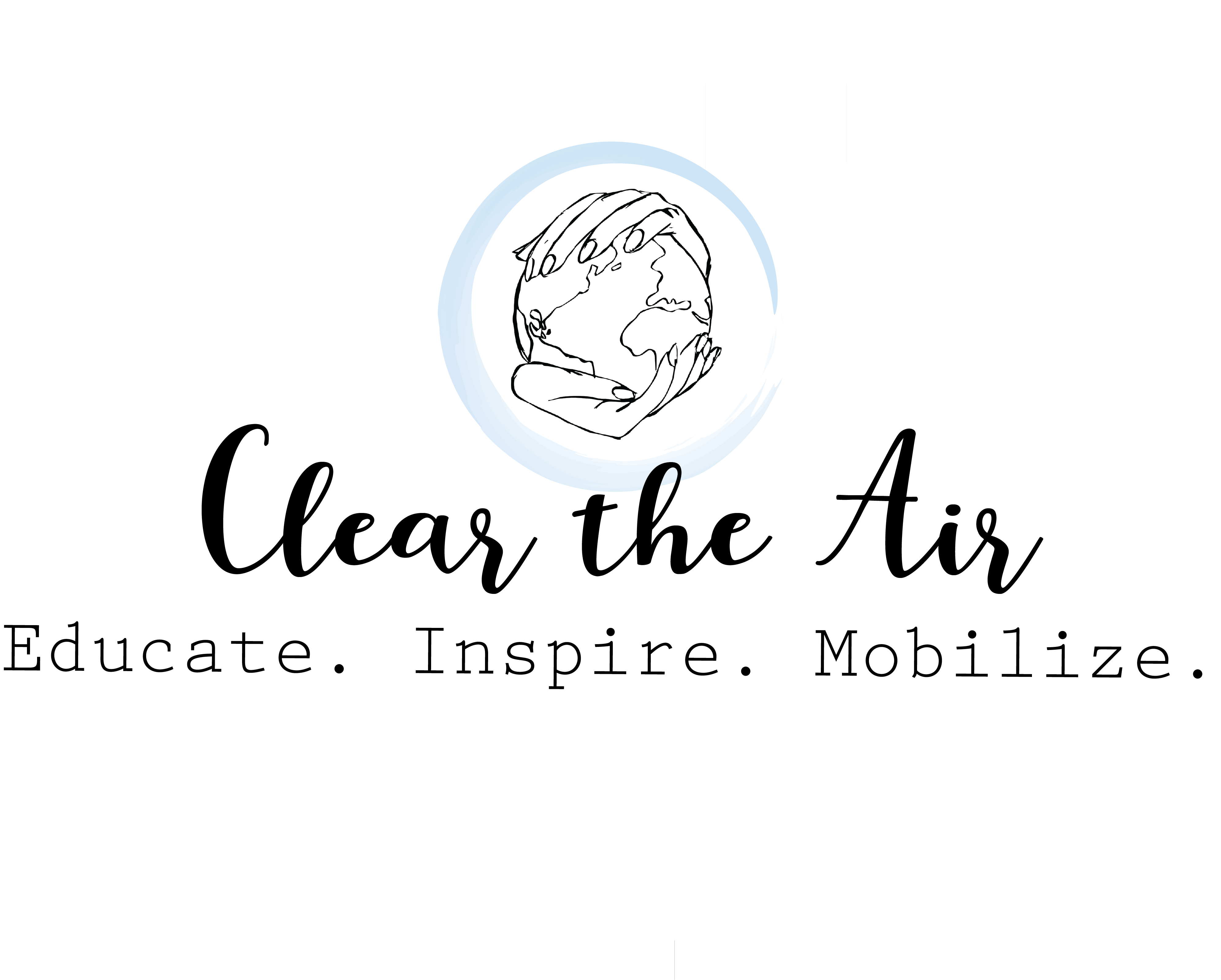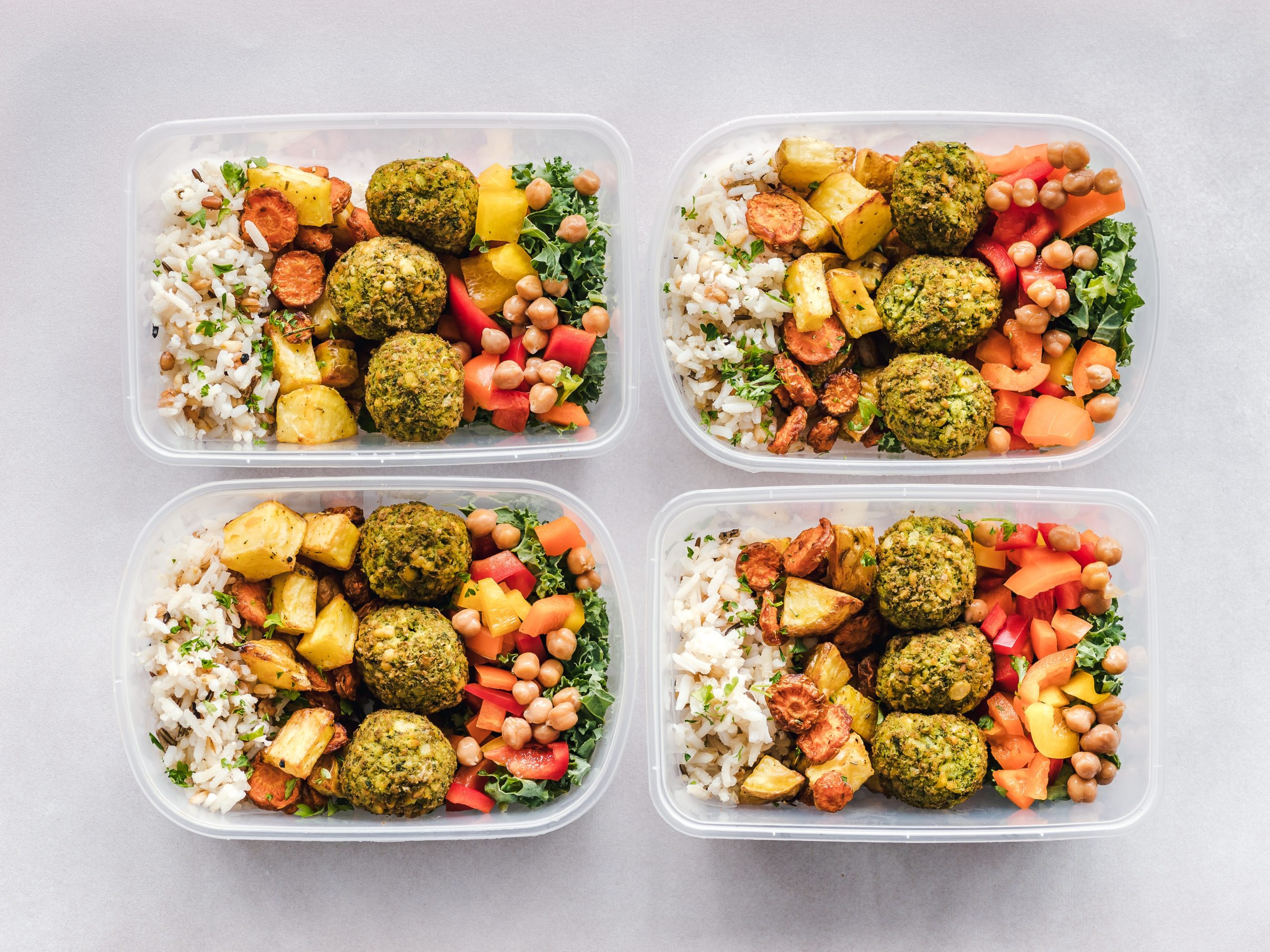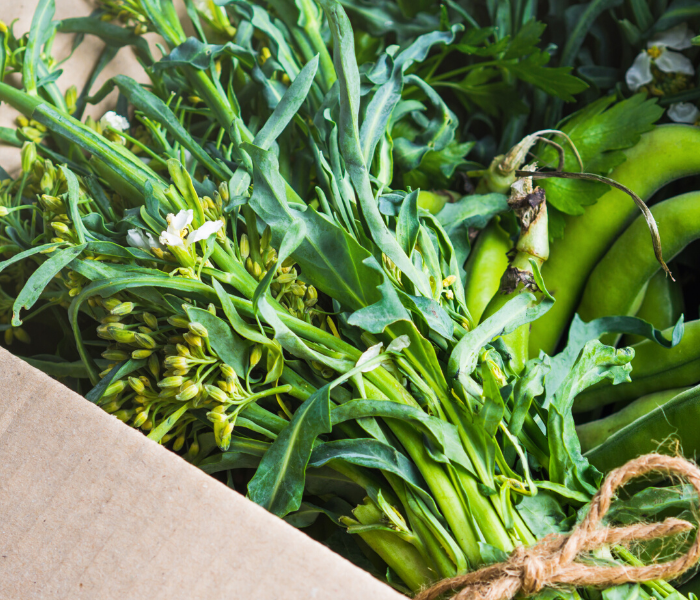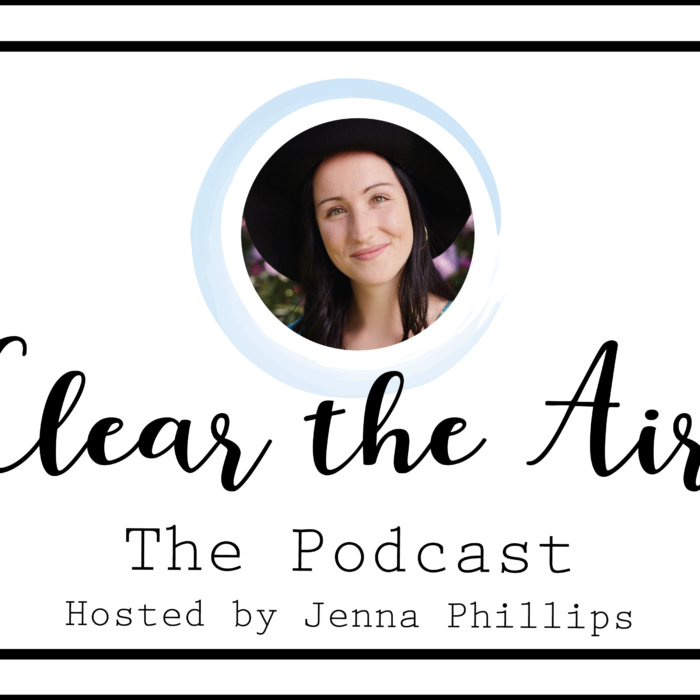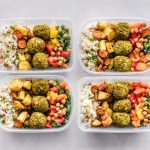Hello friends! Today I am chatting about something important to me: how to become a vegetarian.
I hope you enjoyed my last post about eco-friendly products you can swap out for regular products in your daily life. I think I’m going to write more posts about this “green” lifestyle I’ve been living, doing reviews of brands, restaurants, sharing my stories, etc. I also really want to do a post on the difference between buying local and organic products, and which I prefer. What do you think? Let me know in the comments!
Becoming a vegetarian was something I debated about for a long time and finally decided to start almost a year ago (June 2017, to be more precise). Today’s post is going to be about how to become a vegetarian, why I chose it, its benefits and drawbacks, and the important things I think that you should know before you jump right into the veggie lifestyle.
Vegetarianism is great and honestly quite an easy, inexpensive lifestyle. However, there’s more to it that just not eating meat; I’ll discuss that more later. This post shows you how to become a vegetarian the RIGHT way.
***Note: I decided to split this post into two parts because it was way. too. long. In this post, you learn what vegetarianism is, why it is practiced, and important tips for transitioning to vegetarianism. The second post will share the most important nutrients (vitamins and minerals) you need to supplement in your diet to make sure you stay healthy! – Jenna | December 2019 ***
What is vegetarianism?
So, vegetarianism. What is it? Essentially, it means that you do not consume any meat or by-products of animal slaughter (like gelatin, a common filler in things like marshmallows or jello). Depending on the type of vegetarian you are, there are certain animal-sourced products you can consume. Some people choose to go by different names, like lacto-ovo-vegetarian (consume dairy and eggs), pescatarian (consume fish), ovo-vegetarian (just eggs) and lacto-vegetarian (just dairy).
I simply call myself a vegetarian, but if I had to follow one of these labels I would be a lacto-ovo-vegetarian. I don’t like labelling myself, though, but I know it’s easier for people to understand by doing so. Please note that vegetarianism is different from veganism, which is a lifestyle where you do not consume any animal products including dairy, eggs, and (usually) even honey.
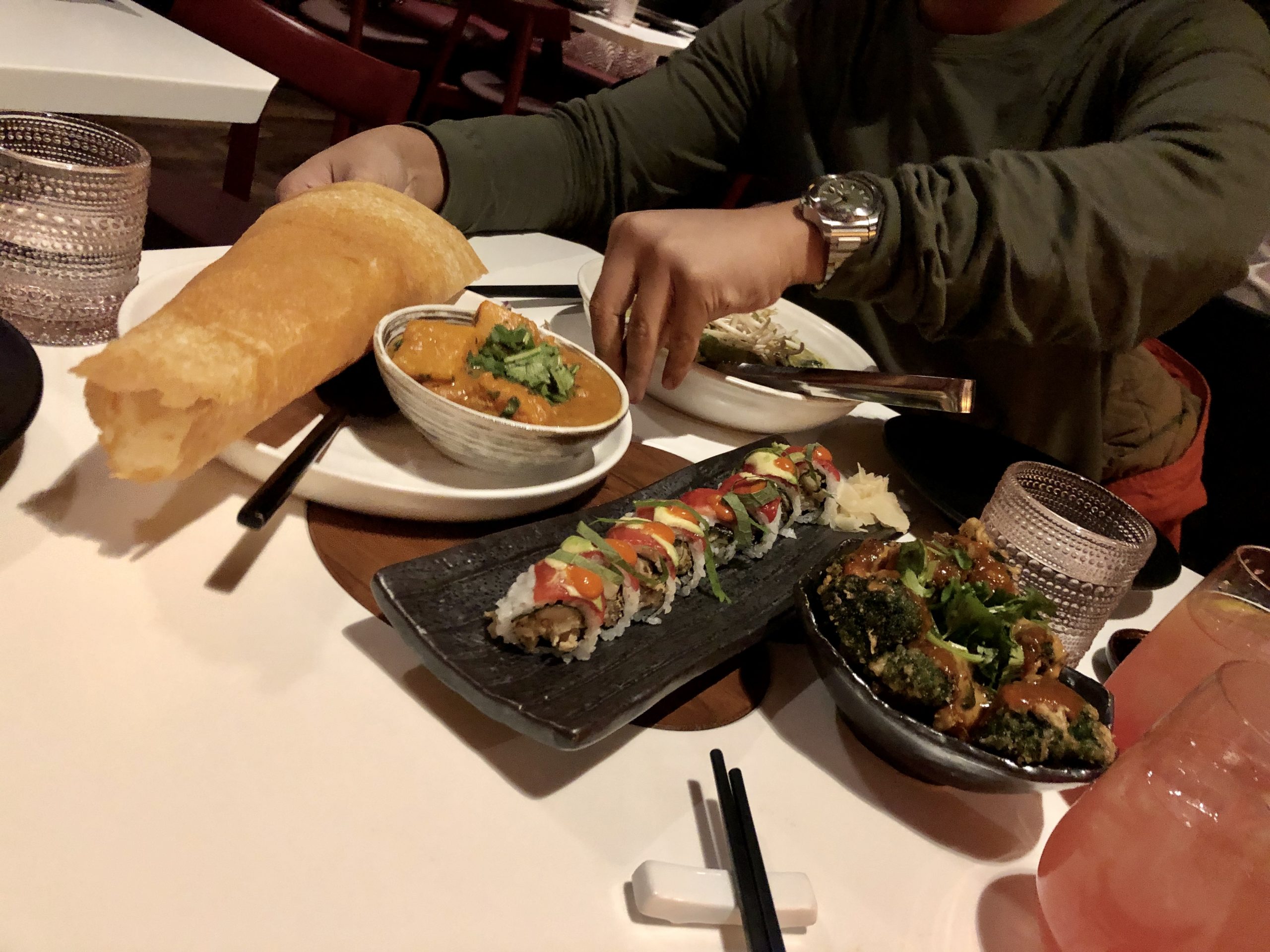
Why become a vegetarian?
There are many reasons that someone may decide to become a vegetarian. Affordability and accessibility is the major factor across the world that limits meat consumption; some people just don’t have the access to animal products and rely on a plant-based diet because of how inexpensive and accessible it is for them.
Some people do it for their health; the media seems to now demonize meat for causing heart disease and other illnesses, but meat does have its benefits, too (which I will discuss later). Ethics and religion are other major factors; many religions like to practice compassion and nonviolence, condemning the unjust treatment of animals at slaughter.
These views can also tie into cultural value and what is seen as socially acceptable in a specific area. For instance, when I was in high school I hardly knew very few vegetarians by choice; when I went off to university and stayed in residence, I found out that probably half of the people in my program follow a vegetarian or vegan lifestyle. Having such a large population of vegetarians living in one residence also made the dining options for us that much better, just because of the high demand. When I come back home, though, I find my options for eating out as a vegetarian are very limited.
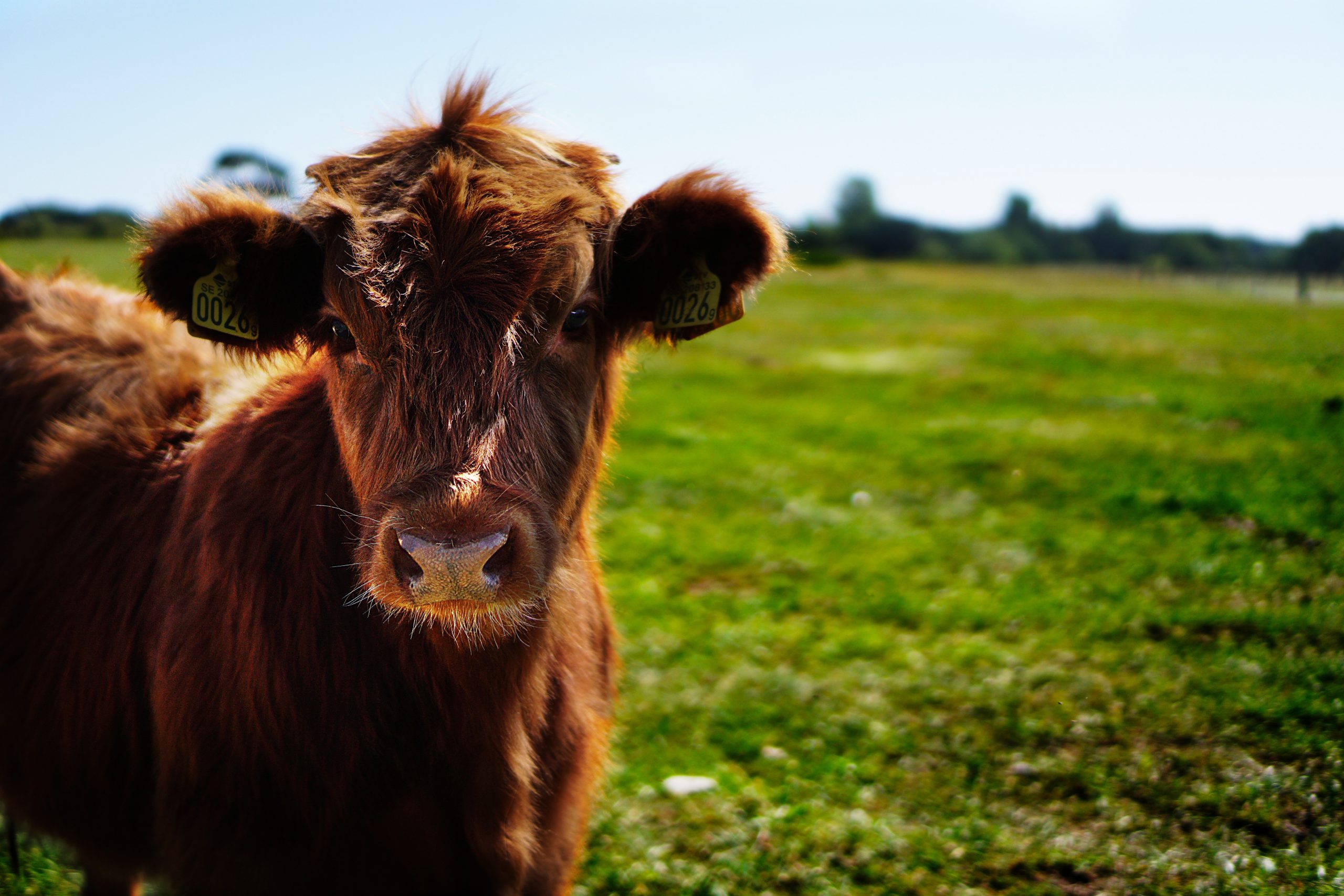
Eating for the environment
Speaking of my program, the main reason that I (and many of my peers) follow a meatless lifestyle is for sustainability purposes. Meat production is one of the most unsustainable practices in the world. Animal-based protein production requires 100 times more water than what it takes to produce the same amount of plant protein. The amount of feed produced to care for the soon-to-be-slaughtered animals (when this feed could very well could be used for human consumption, especially in the developing world) is astronomical. Can you believe that it takes 7 kilograms of grain to produce 1 kilogram of beef? Neither can I, but it’s true.
Think of how much land is taken up by not only to raise this livestock, but for feed production facilities, slaughterhouses, processing and packaging factories. That burger you had at McDonald’s? The amount of fuel it took to create just that one burger is enough to fuel your car for 32 kilometres; that’s 129 kilometres for one pound of meat!
Livestock farming is also the largest source of anthropogenic methane, contributing to 37% of total methane emissions. Methane is a greenhouse gas much more potent than carbon dioxide, another greenhouse gas. Although it doesn’t remain in the atmosphere nearly as long as carbon dioxide, methane is much better at absorbing heat, speeding up climate change much faster than carbon dioxide can. Atmospheric methane released from manure into the atmosphere only increases as demands for meat increase.
Caring for the animals
On top of that, many animal production facilities are hotspots for animal abuse. I’ve watched countless videos of chickens crammed into tiny coops, their bodies’ so disproportionately heavy that their legs break under the weight, pecking each other to death, never seeing the sun in their miserables lives. Pigs that spend their lives inside of a cage are forced to give birth in the same spot while standing. There are so many horrible videos, too, of dairy farmers beating their cows who live in their own feces, whipping them, urinating on them…can you see why I and so many others don’t promote this industry?
Don’t forget the people
Not to mention the fact that many animal farm workers are underpaid and also taken advantage of, and in some countries even sold and traded between farms to work in these extremely dangerous conditions. Environmentally, ethically and socially, this kind of meat industry is completely unsustainable.
It’s not always easy
Vegetarianism isn’t as simple as saying “okay, I’m just going to stop eating meat now.”
It involves a lot of planning to ensure that you are replacing essential nutrients that your body needs that would have been provided by animal products. Many people are not aware of this, and they jump right into vegetarianism. Then, they do not understand why they all of a sudden start feeling fatigued, irritable, notice their skin and hair drying out, and in general would describe their health to have declined; this is because they did not take the proper measures to ensure that they transitioned into this lifestyle.
Reminder: Take care of yourself first
Please keep in mind that I am not your doctor or health care practitioner and by no means you should be taking what I say as your primary source of information. As a university student studying nutrition and environmentalism, as well as someone who loves to nerd out about all things nutrition, I have done a lot of research to provide you with credible, peer-reviewed information.
If you are perhaps curious about vegetarianism, but are not sure if it is right for you, suggest it to your general health practitioner and use these sources I’ve provided you with to support it. They should then be able to help you approach vegetarianism in the best way for your body.
Final thoughts
I hope that this post taught you something new about the vegetarian lifestyle, and provided some helpful tips on how to become a vegetarian. To learn more about vegetarianism and the seven key nutrients you need to make sure you watch out for in your new vegetarian diet, stay tuned for part two of this vegetarianism series!
For more on vegetarianism, including my favourite recipes and plant-based restuarants, check out these posts:
- The top ten plant-based restuarants in Toronto
- How to eat a plant-based diet on vacation
- Is almond milk good for you (and the planet)?
- Quick and easy plant-based recipe roundup
- How to eat plant-based during the holidays
Until next time!
